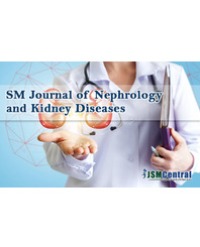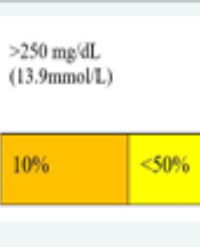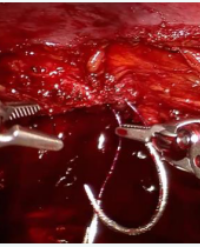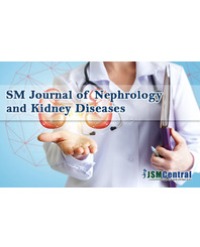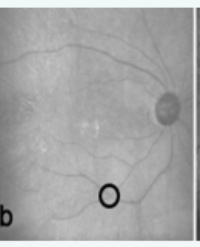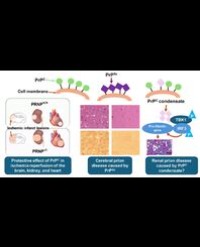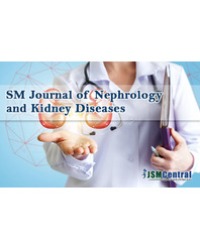
Argatroban Versus Heparin Catheter Locks for Haemodialysis Central Venous Catheters: A Single-Centre Randomized Controlled Trial
Introduction : Argatroban is a promising locking solution regarding antithrombotic properties but has rarely been reported before. The objective of this study was to preliminarily verify the safety and effectiveness of argatroban as a catheter lock compared with sodium heparin.
Methods : This was an open-label randomized controlled trial of 50 consenting haemodialysis patients in one dialysis unit. Intervention: 2 weeks of use of 0.5 mg/mL argatroban or 1000 IU/mL heparin locked postdialysis in the dead space of the central venous catheter. Primary outcome of change from baseline (before a dialysis session) in the activated partial thromboplastin time (aPTT) 30 min after locking. Secondary outcomes were changes in aPTT between baseline and before the next dialysis session, catheter thrombosis defined by catheter eradication or the use of urokinase lock and infusion, catheter-related bacteremia and exit-site infection, and bleeding events.
Results: The aPTT measured 30 min after locking was significantly higher in the heparin group than in the argatroban group (P<0.001). In addition, within-group comparisons showed that in the heparin group, the aPTT measured 30 minutes post locking was significantly higher than that measured at baseline and the end of the 1st HD (P<0.001), whereas the argatroban group showed no significant change in aPTT 30 minutes post locking compared to baseline and post HD values (P>0.05). Other secondary end points did not differ.
Conclusion: This study shows that argatroban can provide antithrombotic effects similar to those of heparin without affecting systemic coagulation. Argatroban locking solution is an effective short-term locking solution.
Yiqin Wang, Qingtao Zhang, Jianhui Zhou, Ping Li, Lei Zhang, Yong Wang, Xueying Cao, Li Zhang, Chan Li, Jie Wu, Shupeng Lin, Zhe Feng, Guangyan Cai, and Xuefeng Sun*

